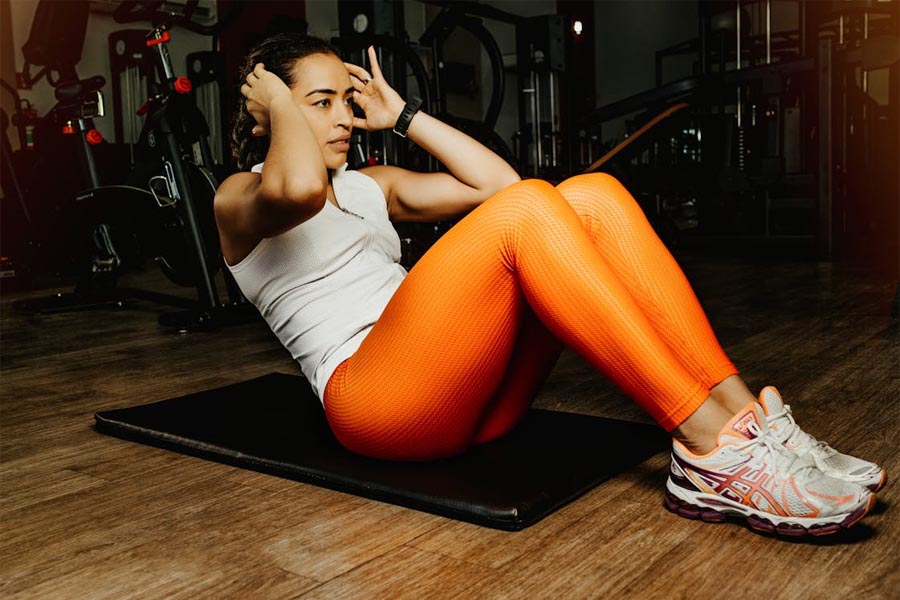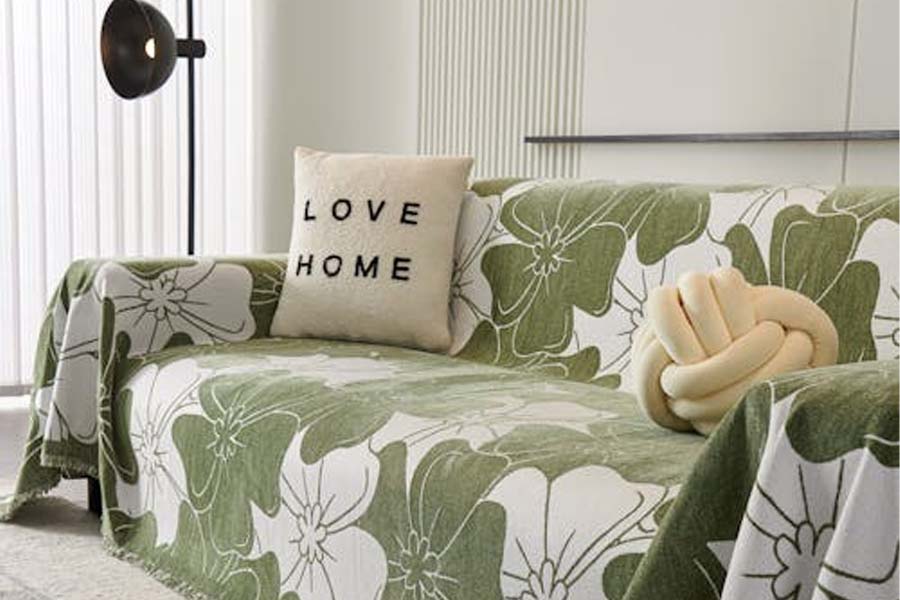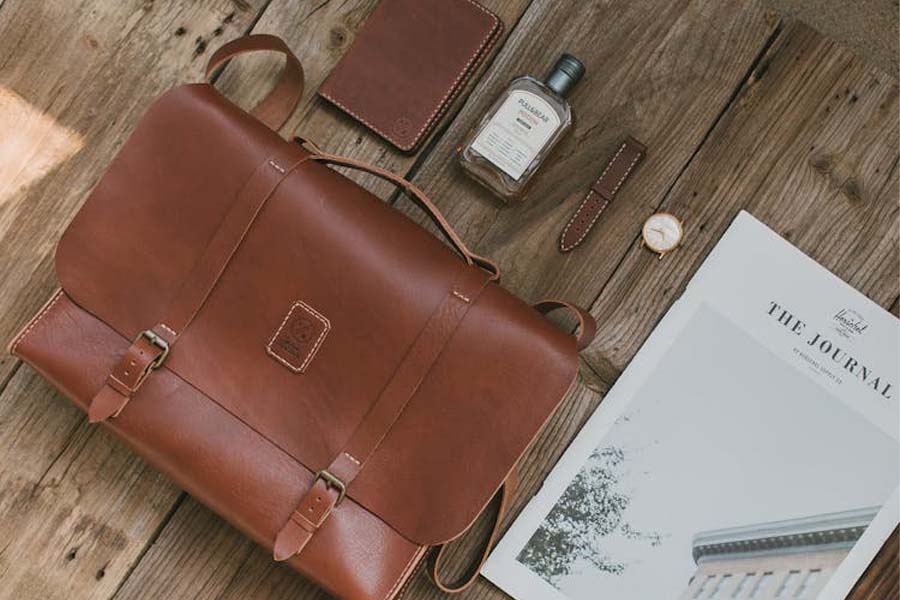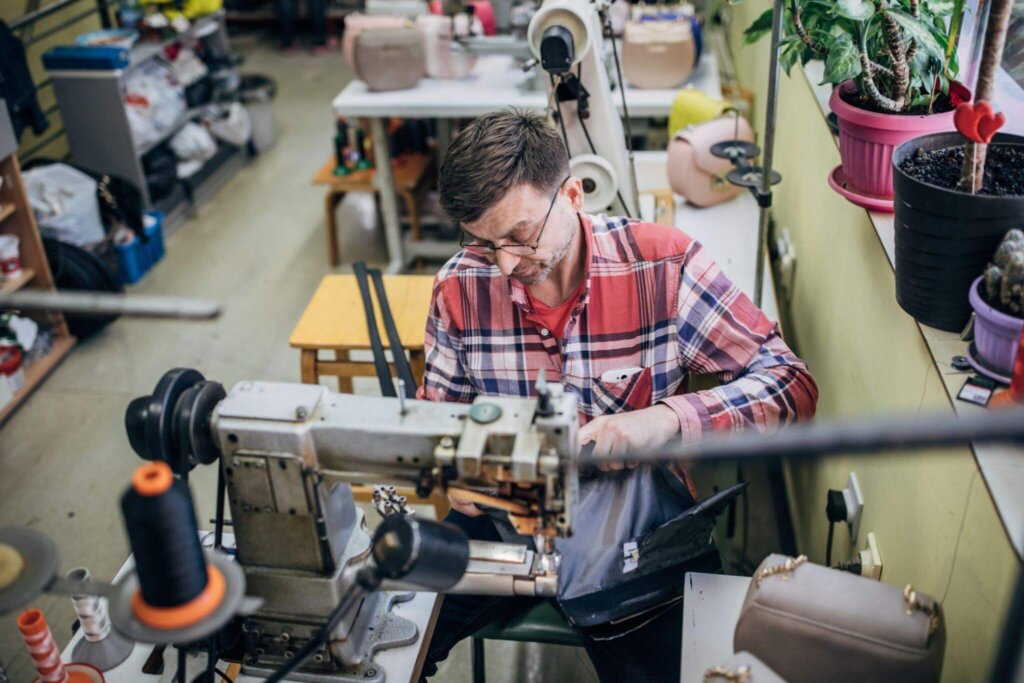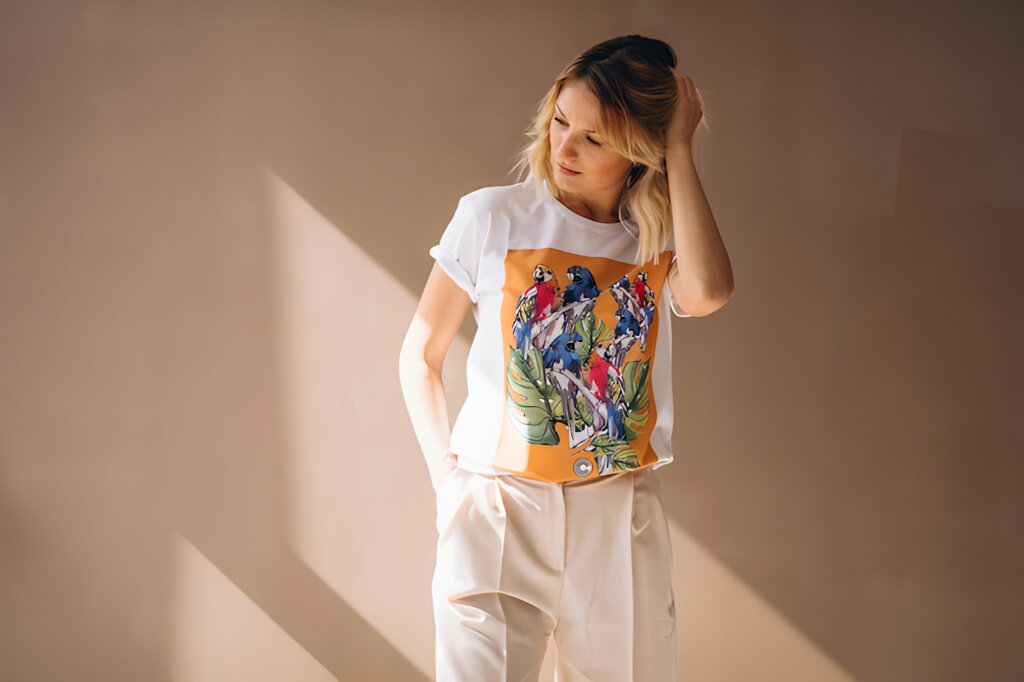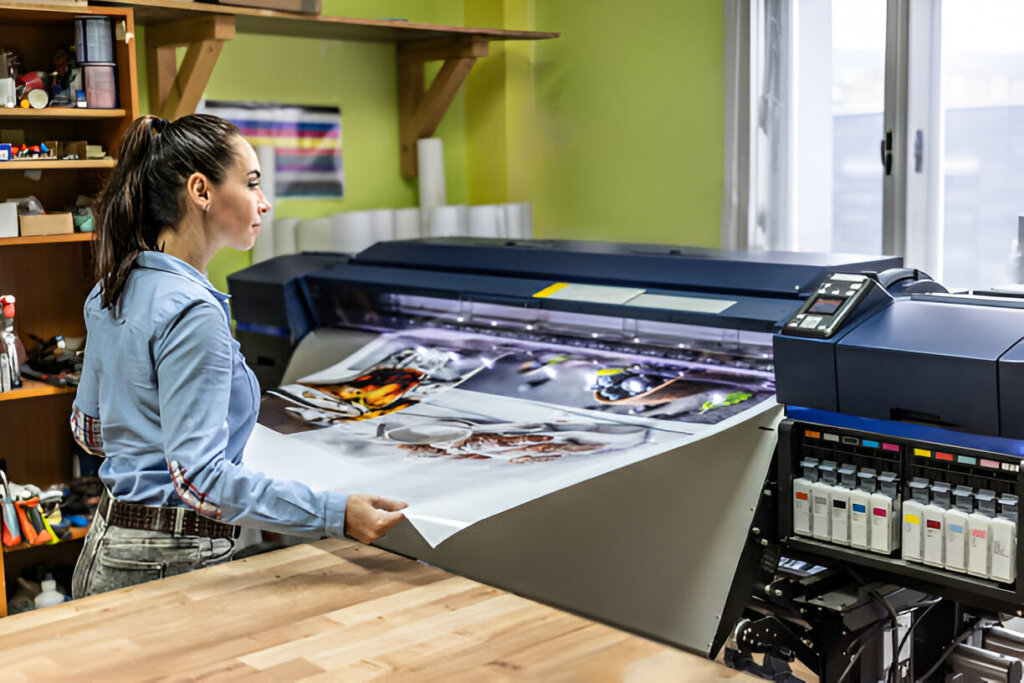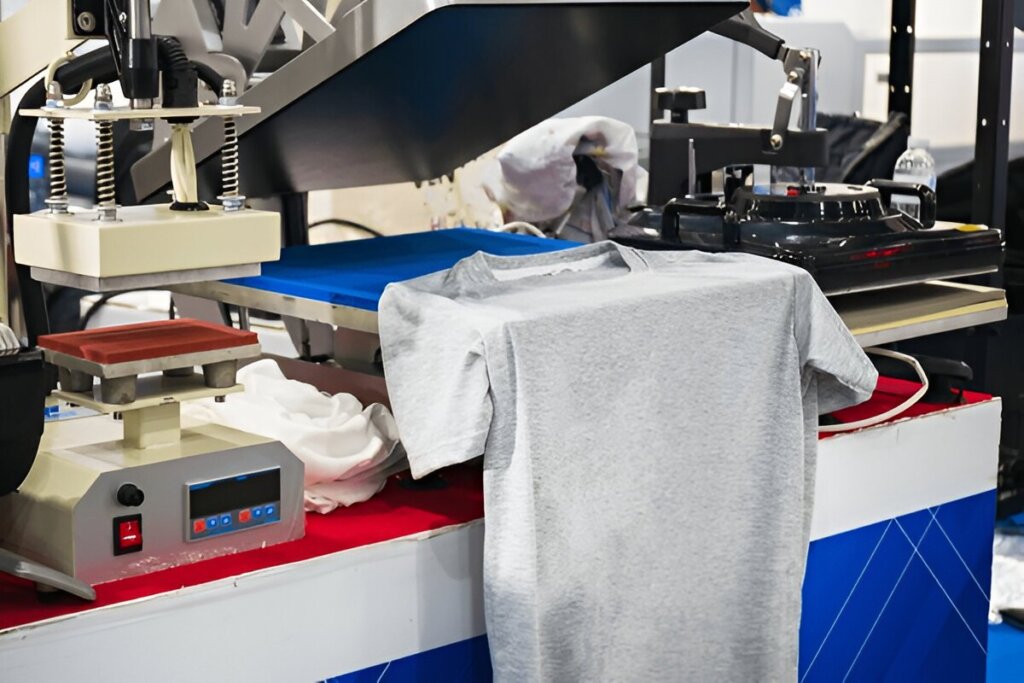Estimating clothing manufacturing cost is essential to determining a sustainable business model. To launch a clothing line, you must understand how much it costs to produce garments—this clarity informs design decisions, pricing, and margins. For example, at Ludyway our integrated costing and production oversight ensure full transparency from raw material selection to finished product, safeguarding profitability and quality.
Garment manufacturing cost encompasses:
- Raw materials (fabric, trims, accessories)
- Manufacturing overhead (cut–make–trim, finishing, packing)
- Administrative overhead
- Sample development cost
- Profit margin
Estimates use current market pricing for absorbent fabrics, threads, and trims. At the sample stage, buyers receive a detailed cost sheet before finalizing orders.
Other influencing factors include:
- Yarn or knit input
- Dyeing and finishing processes
- Cutting and sewing labor
- Printing or embroidery
- Direct and indirect labor costs
- Factory overhead and sales expenses
- Shipping and handling
- Desired profit
Costs fluctuate due to yarn price, energy rates in knitting or weaving, plant utilities, labor rates, fuel costs, and logistics. Tracking these variables per style is essential for cost control.
How ERP Software Manages Data For Clothing Production Costs

Detailed costing begins with capturing component-level data in an ERP system:
Woven fabric
- Fabric code, name, yarn count, construction
- Dyeing, printing, finishing processes
- Fabric width
Knitted Fabric
- Fabric code and name
- GSM, width, yarn cost, knitting rate
- Average dyeing loss and cost
- Fleece brushing and printing waste
Trims and Accessories
- Trim code and type
- Supplier, unit measure, unit cost
Colors
- Color code and name
Style Details
- Gender category, garment type, fit class
Fabric Consumption
Enter fabric type—woven or knit—and the ERP reveals cost per yard or meter. At Ludyway, we allow multi-fabric styles within the same SKU.

Trim & Feature Costs
Select trim code to auto-load its cost. Input quantity per garment to calculate total trim expense. Multiple trims can be combined in single styles.
Colorway Entries
Maintain records of each colorway with its code and designation.
Size Variants
Capture size codes and ranges (e.g., S–XL) to adjust material consumption forecasting.
Garment Costing Sheet
Sum fabric, cut–make–trim, finishing, packing, and trims. Add projected rejection rates and markup. Ludyway supports FOB pricing in multiple currencies with real-time exchange conversion.
Daily Operation Tracking
Track daily production volume per line to calculate actual per-piece labor and overhead costs. This allows comparison with projected costs and highlights variances.
Impact on Revenue
Revenue equals average price × quantity sold. Profit margin emerges after subtracting total costs, including operations and logistics. Apparel brands often aim for 4–20 % net margin, depending on scale and positioning.
Monitoring cost drivers—such as counterfeit erosion, brand dilution, and unauthorized resale—is essential to protect brand equity and profitability.
How Ludyway Streamlines Cost and Quality Together
To support your decision-making, Ludyway provides:
- Fully transparent costing breakdown at sampling stage
- Access to Custom Cut and Sew Manufacturer precision, optimizing seam usage and minimizing waste
- Trim sourcing and Screen Printing Services integrated with ERP cost tracking
Ludyway’s technical team—leveraging EEAT principles—ensures accurate material specs, validated consumption, and cost alignments before production begins. Our collaborative prototyping process safeguards quality and margin performance.
Partner With Ludyway to Visualize Your Profits
Ready to forecast costs accurately and preserve margins? Explore how our Custom Linen Manufacturer and Custom Hoodie Manufacturer services can deliver consistency, clarity and cost efficiency. Contact Ludyway today and manufacture garments with confidence in quality and profitability.


